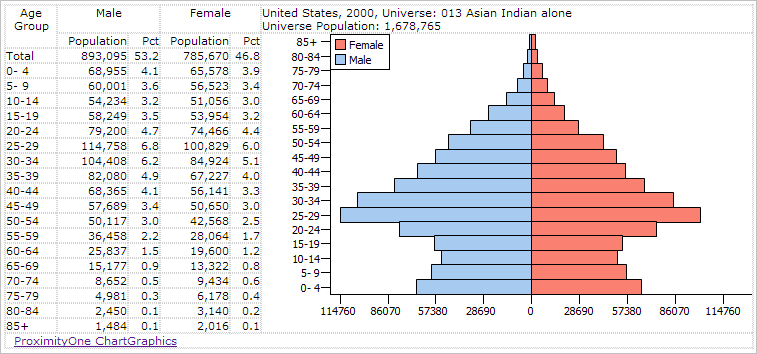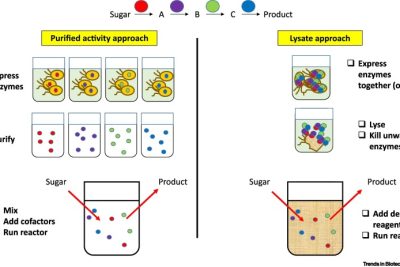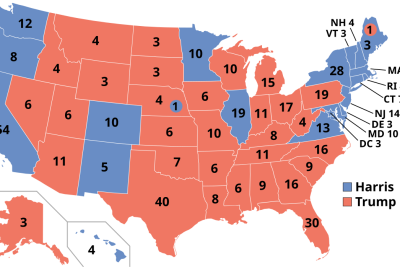
Cohort Data: Analyzing Age Groups and Population Dynamics

Cohort data represents a vital part of demographic studies, allowing researchers to analyze specific groups of individuals who share common characteristics, such as age or significant life events. By using cohort data, demographers can obtain insights into trends and patterns of behavior over different periods. Understanding these patterns can inform policies, market strategies, and social programs that cater to the unique needs of specific age groups.
The following sections will delve into the significance of age groups in demographic analysis and how the role of cohorts enhances our understanding of population dynamics. Through an examination of various aspects of cohort data, we will explore how understanding fertility patterns, social behaviors, and population transitions can lead to more effective decision-making in various fields.
- Understanding Cohort Data
- Importance of Age Groups in Demographic Analysis
- The Role of Cohorts in Population Dynamics
- Key Concepts in Cohort Analysis
- Analyzing Fertility Patterns through Cohort Data
- Distinguishing Between Total Fertility Rates and Age Shifts
- Applications of Cohort Analysis in Social Research
- Challenges in Cohort Data Interpretation
- Conclusion and Future Directions for Cohort Research
Understanding Cohort Data
Cohort data refers to the information collected about a specific group of individuals who share a common characteristic over a given period. This characteristic often pertains to age, such as people born in the same year or those who graduated in the same year. By analyzing cohort data, researchers can identify trends, behaviors, and characteristics that are significant for societal understanding and policy formulation.
Characteristics of Cohort Data
Some critical characteristics of cohort data include:
- Homogeneity: Members of a cohort often share similar experiences that influence their behavior.
- Time-bound: Cohorts are analyzed over specific intervals, capturing changes and trends over time.
- Specific events: Cohorts are usually defined by specific events, such as birth, marriage, or graduation.
Importance of Age Groups in Demographic Analysis
Analyzing age groups using cohort data is crucial for understanding many demographic statistics. Age is a significant determinant of various factors in society, including economic participation, education, health care, and family structure. As different age groups have distinct needs, understanding these differences helps in effectively addressing societal challenges.
Age Groups and Their Impact on Society
For instance, young adults may be focused on education and career-building, while older adults may prioritize retirement and healthcare. By studying these trends through cohort data, researchers can better anticipate shifts in the social fabric and create policies that cater to these specific needs.
The Role of Cohorts in Population Dynamics
The study of cohort data extends to examining how various cohorts interact with population dynamics, influenced by birth rates, death rates, and migration. Demographics can shift dramatically based on these factors, and cohort analysis provides a lens for understanding these changes at both macro and micro levels.
For example, a declining birth rate in a particular cohort may lead to an aging population, which has numerous effects on healthcare systems, the economy, and social programs. By observing patterns within cohort data, researchers can provide insights into future demographic scenarios.
Key Concepts in Cohort Analysis
Several key concepts are fundamental to understanding cohort data and its implications in demographic studies:
- Cohort Effects: Variations in outcomes that affect a cohort because of its specific experiences.
- Period Effects: Changes that impact all cohorts across a specific period, such as economic recessions.
- Age Effects: Changes in behavior or attitudes that occur as individuals age.
Interplay Between Cohort, Age, and Period Effects
The interplay among these effects can be complex, and it is crucial for researchers to tease apart these influences for accurate demographic insights. Understanding how these elements interact through cohort data helps clarify how significant life changes impact different age groups over time.
Analyzing Fertility Patterns through Cohort Data
One of the primary applications of cohort data is in the analysis of fertility patterns. Researchers can derive valuable information about how societal changes, such as shifting attitudes towards family size or economic factors, affect the age at which different cohorts choose to have children.
Understanding Fertility Trends
By grouping data based on birth cohorts, researchers can analyze trends and patterns in how many children individuals have and at what age they choose to have them. For instance, a younger cohort may exhibit different fertility rates than an older cohort due to lifestyle, economic factors, or access to education and family planning.
Distinguishing Between Total Fertility Rates and Age Shifts
When examining fertility through cohort data, it is essential to distinguish between total fertility rates and age shifts. While total fertility rates provide a snapshot of fertility levels at a specific time, age shifts reveal changes in behavior regarding when and how many children individuals choose to have.
Implications of These Distinctions
Understanding these distinctions allows researchers to isolate the factors influencing fertility rates in different cohorts. For instance, is a decrease in total fertility rates due to women delaying childbirth, or are fewer women choosing to have children altogether? This analysis can inform policies aimed at supporting families and addressing demographic challenges.
Beyond demographic studies, cohort data is utilized across various fields of social research. This data can reveal insights into behaviors related to health, education, employment, and social mobility, enhancing our understanding of societal dynamics.
By analyzing cohort data, researchers can identify behavioral trends in specific age groups related to smoking, alcohol consumption, educational attainment, and employment patterns. For example, different cohorts may reflect changes in societal norms and values that influence their behaviors.
Challenges in Cohort Data Interpretation
Despite its utility, interpreting cohort data can be challenging. Variability in data quality, changes in social definitions, and the complexity of human behavior can cloud the insights derived from analysis.
Addressing Data Limitations
Researchers must navigate these challenges carefully. Employing robust statistical methodologies and triangulating data from different sources can help enhance the reliability of findings gleaned from cohort data.
Conclusion and Future Directions for Cohort Research
The analysis of cohort data plays an essential role in understanding age-related behaviors and the dynamics of population changes. As we look towards the future, integrating advanced data technologies and methodologies will likely expand our capabilities in this field. The insights gained from cohort analysis will be invaluable in shaping policies and strategies that cater to diverse age groups within the population.
cohort data provides a unique perspective on demographic trends, enabling researchers to uncover valuable insights into fertility patterns, social behaviors, and the potential direction of future populations. With continuous advancements and methodologies, the scope and depth of cohort analysis will only grow, further enhancing our understanding of population dynamics.
Did you find this article helpful? Cohort Data: Analyzing Age Groups and Population Dynamics See more here Education.
Leave a Reply






Related posts